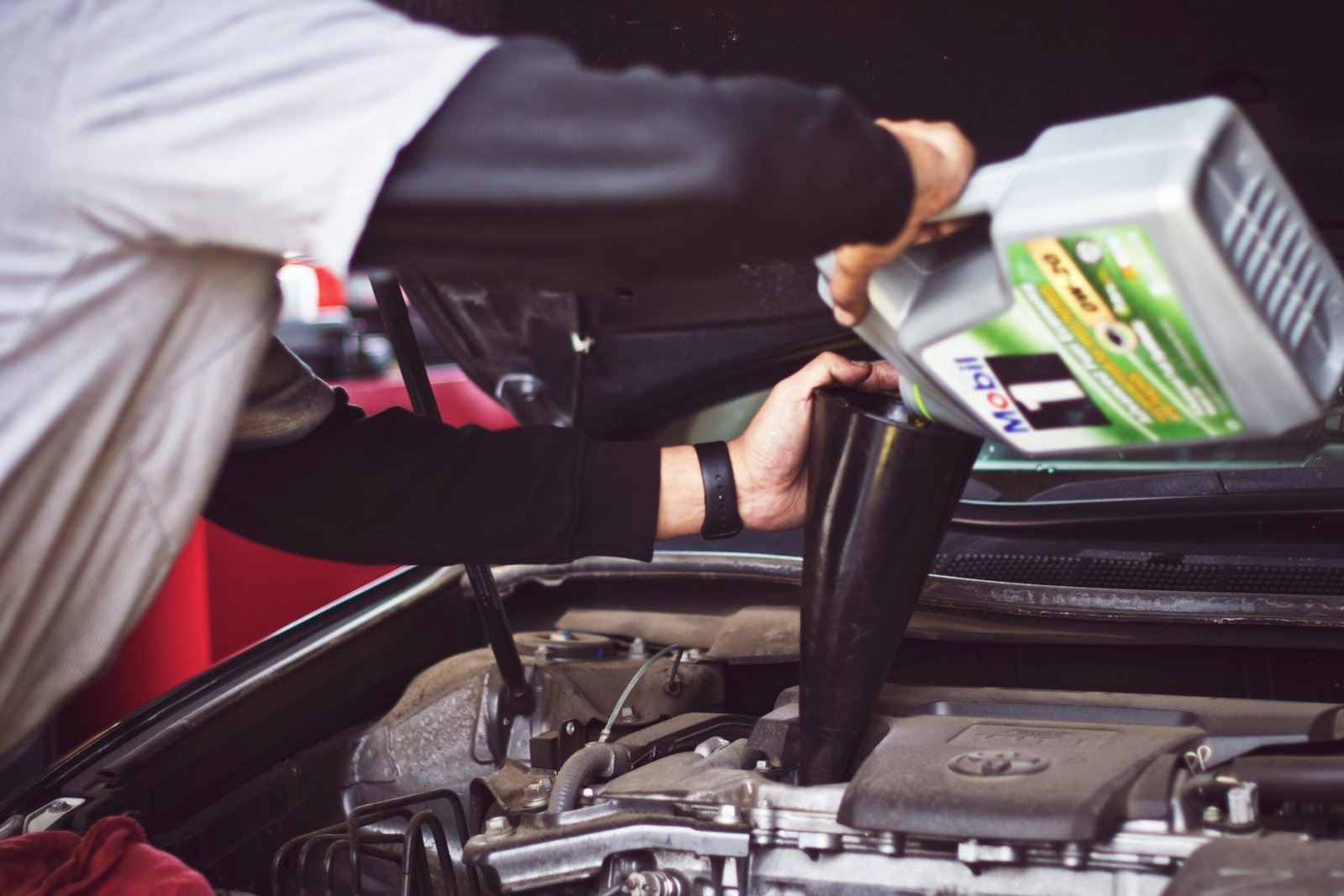Understanding and Addressing a Leaking Car Radiator

Identifying the Symptoms of a Leaking Radiator
A leaking car radiator can manifest through several noticeable symptoms, which, when detected early, can prevent further damage to your vehicle. One of the most apparent signs is the presence of visible coolant puddles underneath the car. Coolant, typically bright green, yellow, or pink in color, may accumulate on the ground if there’s a leak in the radiator or its components. Monitoring the ground where you park regularly can help you spot these telltale signs.
Another significant indicator is an overheating engine. The radiator’s primary function is to regulate the engine’s temperature. When compromised, it cannot effectively dissipate heat, leading to an overheated engine. The temperature gauge on your dashboard may consistently read higher than normal, or you might notice the engine warning light turning on.
Low coolant levels are also a clear symptom of a leaking radiator. If you find yourself frequently topping up the coolant, it could indicate that the radiator or one of its hoses is leaking. Checking the coolant reservoir regularly can help you keep track of the fluid levels and detect any irregularities promptly.
Additionally, steam or unusual smells emanating from the engine bay can signify a radiator leak. Steam rising from the hood, particularly after the engine has been running, often points to escaping coolant. A sweet, syrupy smell, characteristic of antifreeze, is another red flag signaling a potential leak.
Conducting a preliminary inspection can further aid in diagnosing a leaking radiator. Start by visually examining the radiator for cracks or holes. Inspect the hoses and connections for any signs of wear, brittleness, or leakage. Corrosion or rust on the radiator’s surface can also indicate a leak, as these elements weaken the radiator’s structure over time.
By recognizing these symptoms early and conducting regular inspections, car owners can address radiator leaks before they lead to more severe engine damage, ensuring their vehicle’s longevity and reliable performance.
Steps to Fix a Leaking Radiator
Addressing a leaking car radiator requires a methodical approach, starting with essential safety measures. Before commencing any repairs, it is crucial to ensure the engine is completely cool to avoid burns or other injuries. Never work on a hot engine, as the pressurized coolant can cause severe harm.
Next, gather the necessary tools and materials. You will need wrenches, a radiator sealant, replacement parts if necessary, and a drain pan. It’s also beneficial to have gloves and safety glasses for protection. Proper preparation can significantly streamline the repair process.
Begin by locating the leak. This can often be identified by visible coolant drips or puddles under the vehicle, or by inspecting the radiator and hoses for wet spots or visible damage. Once the leak is located, drain the coolant into the drain pan by opening the radiator valve or removing the lower radiator hose. Proper disposal of old coolant is essential, as it is toxic and harmful to the environment.
For minor leaks, applying a radiator sealant can provide a temporary fix. Follow the product instructions carefully, typically involving adding the sealant directly to the radiator and allowing the engine to run for a specified time. This can often seal small cracks or holes effectively.
For more severe leaks, a permanent solution is necessary. This may involve replacing damaged parts such as the radiator itself, hoses, or clamps. Use wrenches to carefully remove and replace these components, ensuring all connections are secure to prevent future leaks.
In some cases, the complexity of the repair may exceed the average DIY mechanic’s capabilities. If the leak persists after attempting these fixes, or if you are unsure about any step in the process, it is advisable to seek professional help. Professional mechanics have the expertise and equipment to address radiator issues comprehensively, though this can incur additional costs. Typical repair costs can vary widely depending on the severity of the damage and the specific vehicle, ranging from a few hundred to several thousand dollars.
By following these steps, you can effectively address a leaking radiator, ensuring your vehicle remains in optimal operating condition.



